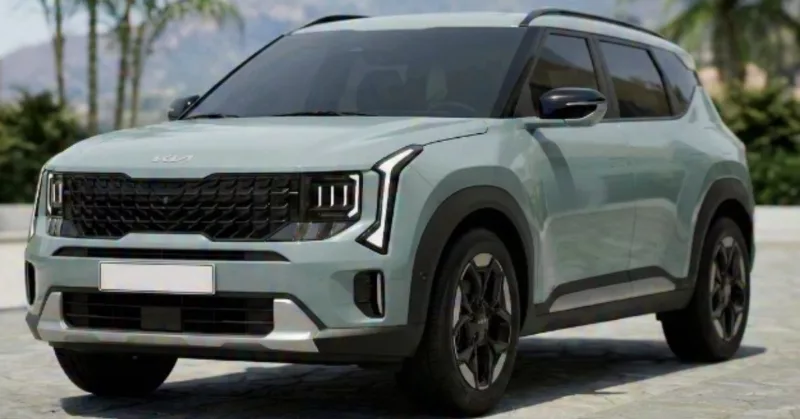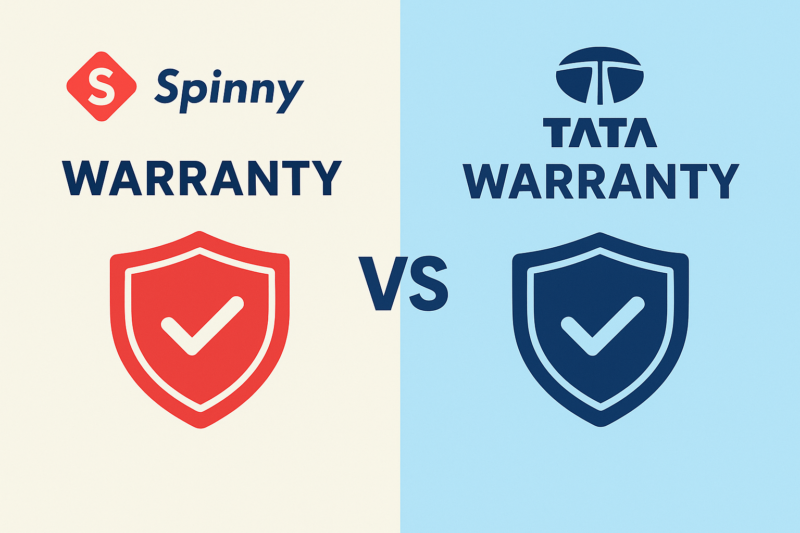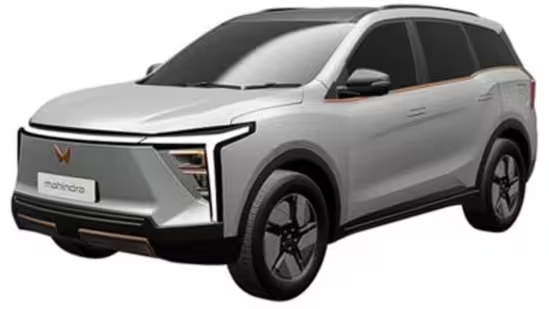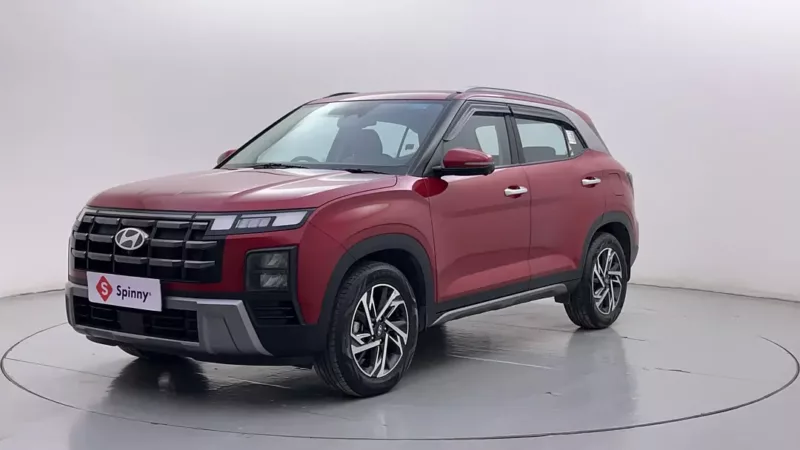I remember a simpler time when the biggest argument regarding cars I would have with my siblings or friends was about only one thing – who got to sit in the front passenger seat? However, the last decade has seen India’s car market evolve rapidly, and this evolution has brought with it choices. These choices have led to debates among friends and among strangers on social media, with one of the hottest topics being the manual vs automatic transmission discussion.
Picking a Side
The enthusiasts continue to hold down the bastion of the manual transmission, whereas trendsetters will be quick to tell you that a modern automatic transmission is quicker and smoother, and in some rare cases it’s even more fuel efficient than its three-pedal cousin. With opinions coming at you from left, right and centre, it can be confusing to figure out which is the better option in the automatic vs manual transmission argument. And for car buyers today, that’s a million dollar question.
Transmission Choice: Pros and Cons
Before we dive deep into manual vs automatic debate, let’s take a brief look at the pros and cons of each type of both.
| Manual Transmission | Automatic Transmission | |
| Pros | 1. Lower Cost 2. Better Fuel Efficiency (in most cases) 3. Better Control Over The Vehicle 4. Engaging Driving Experience 5. Easier To Repair | 1. Easy To Use 2. Better For Urban Driving 3. Smooth Gear Shifts (most modern AT’s) 4. Higher Resale Value |
| Cons | 1. Harder To Learn 2. Tiring In Traffic | 1. Higher Upfront Cost 2. Lower Fuel Efficiency 3. Harder To Repair 4. Less Driver Engagement |
Where Do I Stand?
As an automotive journalist who identifies as an enthusiast, if you had asked me this question ten years ago, I would have simply said that a manual transmission is the right choice. After all, at the time a manual transmission was more fuel efficient, offered a quicker shifting experience, was cheaper, and most importantly all cars had one. The last bit seems a bit off, but if you wanted to buy a budget car in 2015 that had an automatic transmission, your options were seriously limited. So much so, that you would probably end up buying a car that was not your first choice, and that’s just not right.
However, a decade can change a lot, and if you ask me the same question now, all I would say is that ‘it depends on a lot of things’. After all, my daily car for the last three years has been an automatic. That’s not to say that I have softened with age, but more to say that traffic patterns have changed. A traffic signal that would take me five minutes to cross now takes me fifteen. Knowing that I would be in first gear the whole time, just slipping the clutch and inching my way forward, I decided that my knee didn’t deserve that kind of punishment, even if it made some people question my manhood.
Do You Always Have to Choose?
That’s not to say that I don’t miss driving a manual transmission car. I do just that any chance I get. However, these chances are either early morning or late night joy rides, or highway journeys. As far as the experience of driving is concerned, a manual transmission will always be numero uno. The simple joy of being able to heel-and-toe a three-pedal setup to perfectly rev-match while shifting gears is a feeling that I consider to be above any other pleasure in the world, and one that is outside the purview of the manual vs automatic debate.
I am not the only one who believes that a manual transmission elevates the driving experience. Supercar and hypercar manufacturers like Porsche and Koenigsegg do too, with both these sought after brands introducing manual transmission versions of their cars in recent times. And no, they didn’t do it out of the goodness of their hearts. They make a particular type of car when there is a demand for it, and for them to offer a manual transmission when their competitors don’t go down that road anymore means that their customers want manual transmission cars.
But what’s better for you? After all, for most of us, supercars and hypercars are limited to being bedroom wall posters. In the real world, you will probably be driving a Maruti, a Hyundai or something similar. In that case, it’s your usage that will define what kind of transmission you should opt for.
Stepping Into The Real World
If you are learning how to drive, I would suggest you stick to a manual transmission car for at least a year. I know countless people who learnt how to drive an automatic transmission car and can drive well, but a manual transmission becomes their kryptonite. Alternatively, those who learn how to drive using a manual transmission car can, after a brief adjustment period, easily drive an automatic transmission car as well. A manual transmission car also gives you a deeper understanding of how a car works, which is always better. Your final decision in the manual vs automatic debate should be guided by your daily commute, comfort level, and long term goals.
Is An Automatic Transmission Right For You?
Keeping in mind that you already know how to drive a car and are comfortable driving a manual or an automatic, the choice between the two will come down to your usage. If you live in a tier 1 metro city like New Delhi, Mumbai, Chennai or Bengaluru and drive to work every day at a snail’s pace, an automatic transmission car is going to suit you any day of the week. Also, if you consider a car to be a utility tool which gets you from point A to point B, once again, an automatic transmission will work great for you as it minimises the driving effort.
Will A Manual Transmission Suit You Better?
On the other hand, if you live in a place where traffic isn’t bad, or if you undertake a lot of highway journeys, then, a manual transmission would suit your driving style without really straining your left knee. Many might not realise it, but if you have a smooth and consistent driving style, a manual transmission can almost feel like an automatic. This becomes even more apparent during highway journeys when most of the time you are sitting in top gear at a cruising speed.
If you live in the hills, a manual transmission can often become a necessity. Not that automatic transmission cars can’t cope with the rising altitude, but a clutch allows you to be precise on inclines. It also allows you to shift gears using driver acumen, which is almost a necessity in the hills. Once again, it’s not that automatic transmissions can’t shift properly in the hills, but they are mostly tuned to offer a smooth driving experience in the plains and can offer a laggy experience on hilly terrain. For many, the automatic vs manual decision ultimately reflects how they connect with their vehicle and environment.
Manual vs Automatic: It’s Personal
So, the next time someone tells you that one type of transmission is better than the other, what they are trying to say is that a particular type of transmission works well for their usage. That, necessarily, won’t be the case for you as well. For you, it will depend on your driving environment, your preferences, your driving ability, and most importantly your budget. A manual transmission is not just cheaper upfront, it also has a lower maintenance cost compared to an automatic.
FAQs on Manual vs Automatic Transmission
Q. What is the difference between manual and automatic transmission?
The difference between manual and automatic transmissions lies in gear shifting. While manual transmission requires the driver to shift gears using a clutch, automatic transmission shifts speeds automatically without user input.
Q. Are manual cars faster than automatic cars?
Manual transmissions were faster historically, but current automatic cars—especially those with dual-clutch systems—can speed and efficiently surpass manual cars.
Q. Are automatic transmissions good for hills?
Indeed, automatic transmissions are fit for hills since they are usually equipped with Hill Assist technology, which make it easier to drive in hilly terrains.
Q. Which is better: automatic or manual cars?
The choice between manual or automatic transmissions comes down to individual preferences; while automatic cars give convenience and ease of use, manual cars let you have greater control over your vehicle.
Q. Is manual more reliable than automatic?
Generally speaking, manual transmissions are easier to repair than automated transmissions since they have less complicated components, which increases their dependability.




